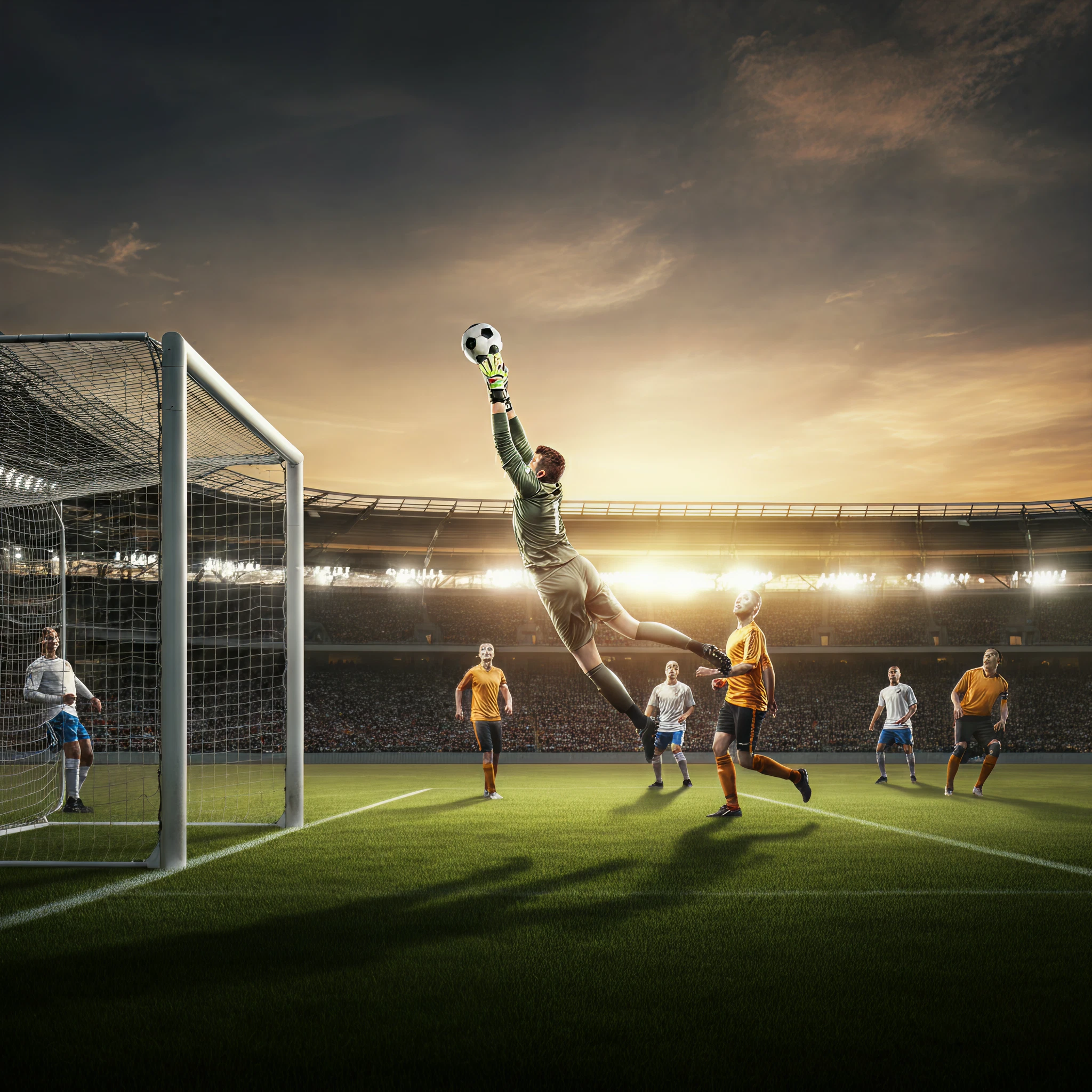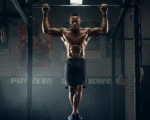Soccer might look like a seamless symphony of passes, dribbles, and shots, but seasoned players know that every position comes with its own unique challenges. Regardless of whether you’re a seasoned pro or just starting out, understanding the specific demands of each soccer position can give you a greater appreciation for the game’s complexity.
But what exactly makes certain roles harder to play than others? Below, we break down the hardest soccer positions and explain why they’re so demanding.
The Factor Behind “Hard”
Before we jump into the list, here’s why some soccer positions are considered harder than others:
- Physical Demands: Some positions require immense stamina and strength to keep up with consistent motion or maintain positional responsibilities.
- Mental Pressure: Positions like goalkeeper come with higher stakes since a single mistake can cost the game.
- Complex Skill Requirements: Certain positions, such as midfield, demand versatility, requiring players to both attack and defend effectively.
Now, let’s rank the toughest spots on the pitch.
1. Goalkeeper
Being the last line of defense and often the first point of attack, the goalkeeper’s role in soccer is one of the hardest. Here’s why:
- High-pressure Role: A single mistake can result in a goal. That level of accountability places immense psychological strain on goalkeepers.
- Quick Reflexes: Goalkeepers need lightning-fast reactions to block shots coming at high speeds.
- Exceptional Decision-making: From deciding when to charge forward to collect a cross or staying on the line, keepers must always analyze situations in real time.
Why It’s Tough:
Goalkeepers often go unnoticed until something goes wrong. They play under constant scrutiny and can make or break a match with one action.
2. Central Midfielder
Also known as the “engine” of the team, central midfielders are tasked with controlling the tempo of the game, both offensively and defensively.
- Endless Running: Midfielders cover more ground than any other player on the field.
- Versatility: They need to excel in passing, tackling, and reading the game.
- Constant Communication: Midfielders link the defense, offense, and flanks. They need to make split-second decisions on everything from build-up plays to defensive transitions.
Why It’s Tough:
From creating scoring opportunities to intercepting passes, central midfielders are always involved, leaving little room for fatigue or mental lapses.
3. Center Back
The center back is the backbone of the defensive line, often required to stop the opposition’s key attackers. It’s a demanding position because:
- Physical Battles: Center backs constantly deal with high-intensity duels involving strong or agile forwards.
- Awareness: They’re tasked with organizing the defensive line, maintaining offside traps, and ensuring their teammates are positioned correctly.
- Mistake Costs: An error as a center back often leads directly to scoring chances for the opponent.
Why It’s Tough:
Precision, strength, and leadership are essential, making this job both mentally and physically daunting.
4. Striker
While many aspire to be the goal-scorer, being a striker is far from glamorous. Strikers face:
- Immense Pressure: The expectation to produce results regularly means the burden of responsibility can be overwhelming.
- Physical Struggles: Strikers constantly battle defenders, often with their back to the goal.
- Isolation: Sometimes, a striker may spend vast portions of the game with limited touches, so they must stay sharp for the one chance that could come their way.
Why It’s Tough:
Scoring goals requires precision and composure, especially under immense pressure from defenders and the crowd.
5. Wing-backs or Full-backs
Modern soccer demands that wing-backs and full-backs do more than just defend. They are often pivotal contributors to attack:
- Stamina: Full-backs cover the entire length of the field, switching roles between attacker and defender.
- Positioning: They must balance defensive discipline while joining offensive plays effectively.
- Tactical Awareness: Full-backs often mark the opposition winger, one of the most dangerous attackers on the field.
Why It’s Tough:
Wing-backs are the definition of multi-taskers, requiring both endurance and intelligence to handle their dual roles effectively.
Playing Any Soccer Position is a Challenge
While these roles top the list of hardest soccer positions, it’s worth noting that every player on the field faces unique challenges. From high-pressure moments to physical demands, soccer is ultimately a team sport where everyone contributes to the collective effort.
On your next game day, whether you’re playing goalie or midfield, think about these complexities that come with every position on the pitch. Which one do you think is the hardest?
The Hardest Position in Soccer Debate
Do you agree with our rankings? Comment your thoughts below or share it with your soccer-loving friends!








